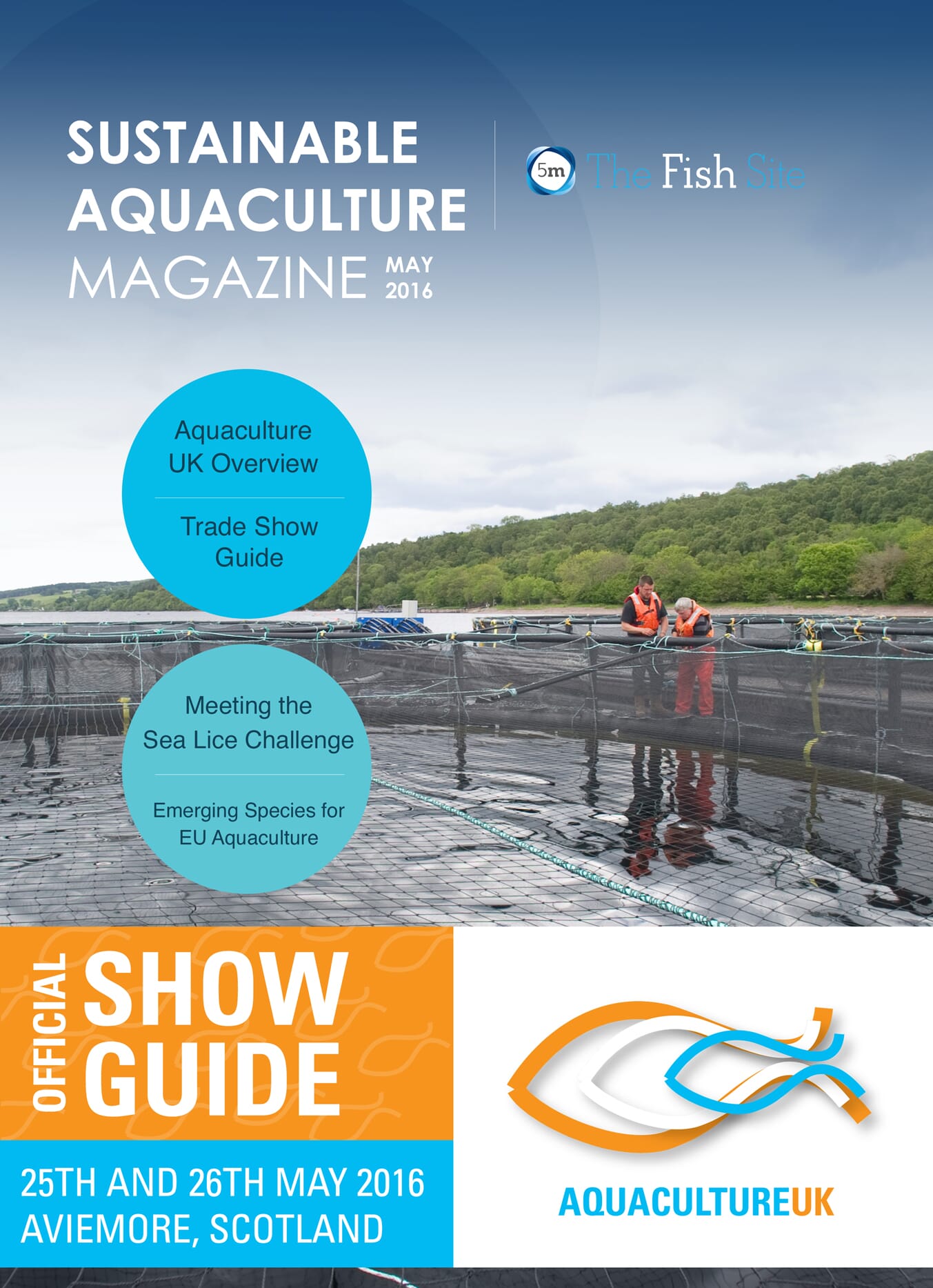The technology is mostly based on remote-controlled rigs that remove fouling using rotating discs with high pressure nozzles. Water pressure and flow vary, but it appears that the use of very high pressure (over 150 Bar) is becoming less common and it is more usual to apply lower pressure with higher volumes of water.
Recent findings indicate that in situ cleaning may come with a set of challenges, forcing the industry to re-evaluate the sustainability of this method.
Net Wear and Tear
Observations made on fish farms and net lofts show that high pressure in situ cleaning (over 150 Bar) or prolonged exposure in one place can damage the netting. The water flow can loosen the tight braid of the net material, causing expansion and damage to the individual fibres as they are exposed to a powerful or prolonged flow of water. Repairs of cleaning related damage are common, as illustrated in a factsheet of the Norwegian Directorate of Fisheries. Damage can be caused either by the actual water flow (erosion, expansion) or by the cleaning disc rotating against the net (abrasion damage).
However, the impact on the net as such is not the issue here, even though the expanded net fibre makes it easier for species such as hydroids, mussels and skeleton shrimps to attach to the net and exploit new and well-suited areas for further growth.
Gill Health
In situ cleaning dislodges considerable amounts of biological material that is further reduced to fragments of different size and density. This material creates a slowly sinking cloud that can be a problem for the overall gill health of the fish.
The main problem is caused by the stinger cells in hydroid polyps. Stinging cells, either in the polyp or dislodged, eject harpoon-like needles that pump poison into whatever tissue is exposed. The polyps float around in the cage being cleaned and spread easily into other cages. Investigations carried out on fish farms in Norway show that the number of polyps in the water increases (up to 300 per m3 in one report) during in situ cleaning, even where there were none before.
Findings show that exposure to stinger cells results in gill damage under controlled conditions. The damage is characterised by inflammation, mucus formation and in extreme cases may result in loss of tissue in the gills, which can lead to other problems, such as respiratory challenges during de-lousing, as observed by farmers and fish health specialists in commercial farming operations. The potential effect on Amoebic Gill Disease (AGD) has not been investigated.
Re-colonisation of a Newly Washed Net
After a successful and professional in situ cleaning, the net appears clean and free of fouling. This is generally true, except for hydroids. Hydroids have a root-like network that utilises net filaments for anchoring and this is not removed by in situ cleaning. There is a suspicion that in situ cleaning can increase the number of hydroids in the area as new adults grow from the root-filaments and through release of free swimming stages. This can easily affect other facilities, as viable fragments and juveniles get carried by the currents and attach themselves to suitable surfaces. With increased recruiting and the absence of competition, the hydroids are able to expand and be the dominant species on the net within a short space of time.
Is Biofouling a Reservoir for Pathogens?
In a controlled study conducted by Steen-Hansen and UNI Research in Bergen, a number of fouling species were exposed to bacteria, and amoeba commonly associated with AGD. Findings show that bacterial species and amoebas can be found in hydroids, algae and the biofilm, for a considerable time after exposure.
Further, findings by a team of Norwegian researchers indicate that in situ cleaning dislodges salmon lice larvae. Increased numbers were found as far as 160 m downstream from the site where in situ cleaning was conducted, indicating that the larvae are associated with some fouling species.
Value Through Knowledge
Based on findings in the available literature and experience shared by people in the industry, it is possible to draw the following conclusions.:
- Nets should be protected against the forces of an in situ cleaning rig. It is easy to end up in a situation where the netting is weakened despite the fact that all the procedures were followed.
- Furthermore, it would appear advisable to monitor the gill status of the fish before and after in situ cleaning. This is the only way to understand the possible after effects of in situ cleaning and carry out the necessary changes in routines.
- An evaluation should also be made as to whether in situ cleaning one week or less before de-lousing or AGD treatment is a good idea, again based on an accurate monitoring of gill status before and after in situ cleaning.
 This article was taken from the May 2016 Sustainable Aquaculture Magazine.
This article was taken from the May 2016 Sustainable Aquaculture Magazine.




